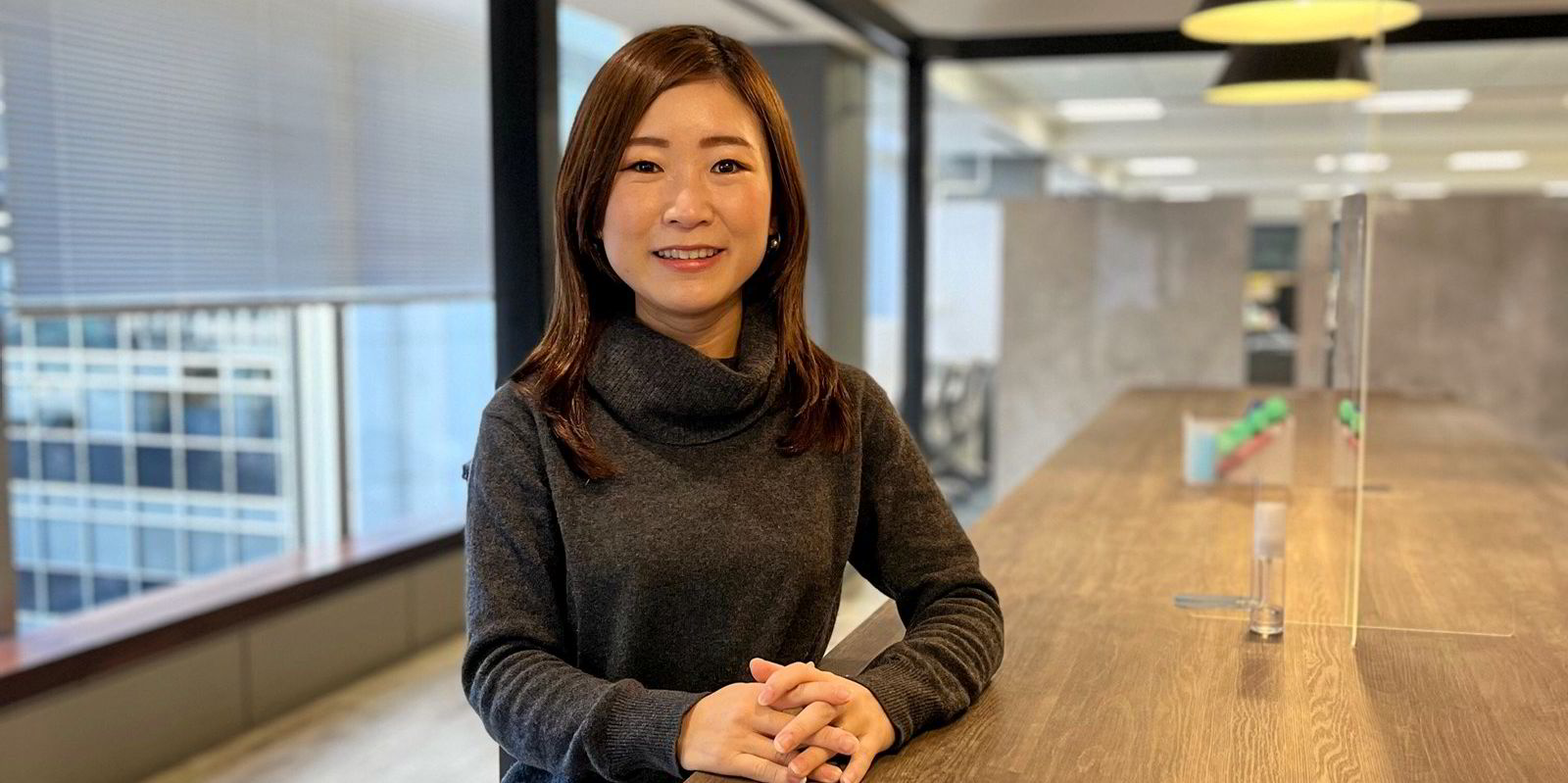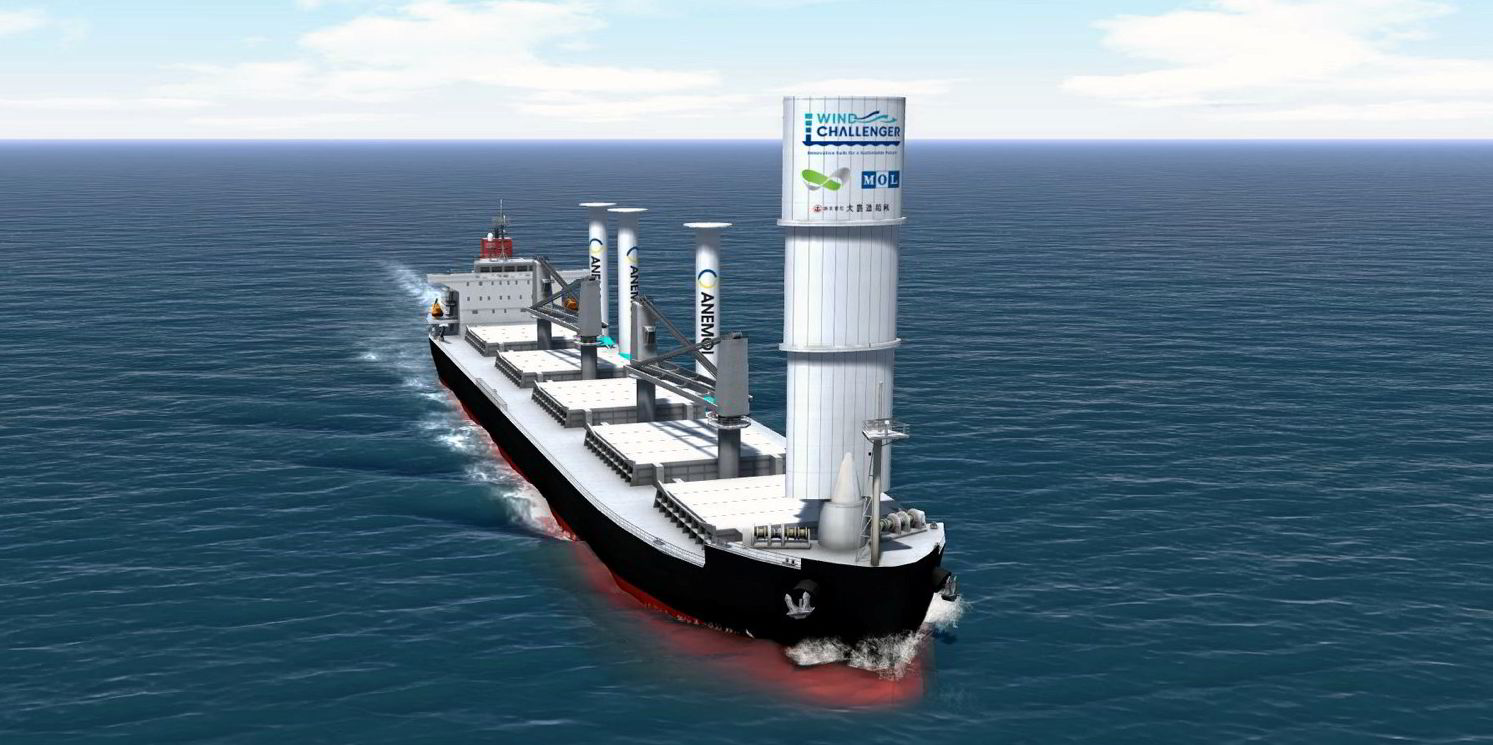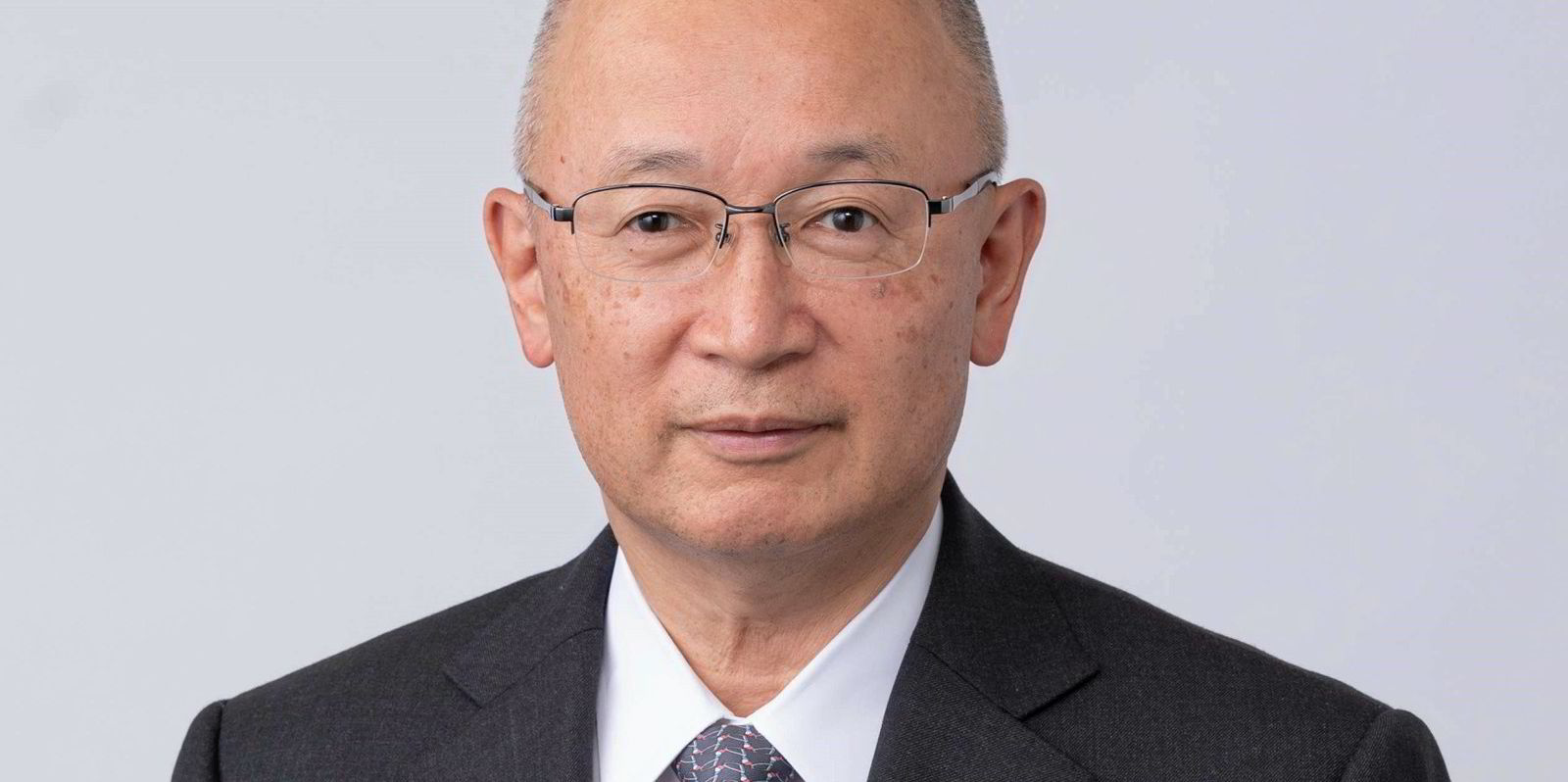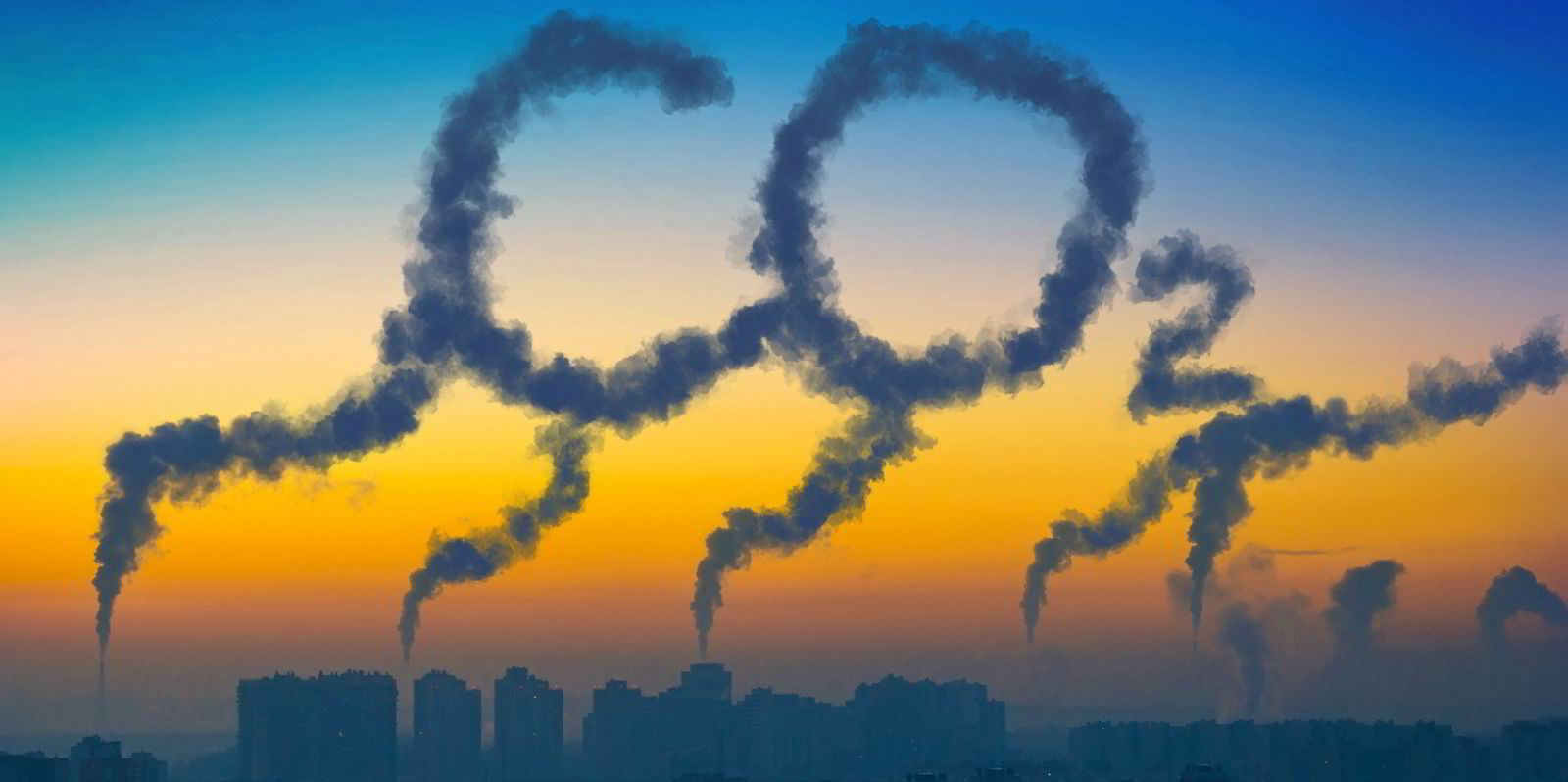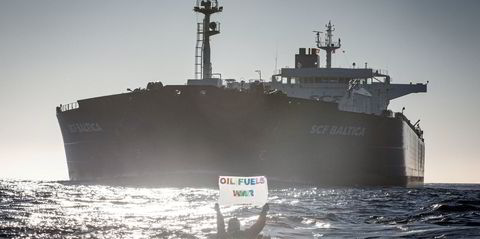Mitsui OSK Lines’ Kazura Koda had a year out of her day job in 2021 but she was on a mission.
Koda had been selected for MOL’s corporate venturing programme under which employees can propose a business plan and, if selected, work on this for 12 months.
Her idea proved productive and in January 2022 MOL launched a carbon desk with Koda in the role of project manager.
International Studies graduate Koda joined MOL in 2011, working first on product tanker operations before moving to the LNG carrier division.
Here she worked under Takeshi Hashimoto — now MOL’s president and chief executive — and Kenta Matsuzaka, who heads the company’s energy division, which includes the new carbon desk venture.
Introducing Koda, Matsuzaka described her as the company’s “rising star”.
Koda’s passion for what she is doing is evident.
“Our motivation stems from the urgency of prompt action,” she told TradeWinds. “We understand the future depends on what kind of action we take during this decade,” she added, explaining that because there is no effective carbon pricing yet corporate action will be critical in this period.
Reducing MOL’s 12 million tonnes per annum of CO2 emissions remains the company’s top priority.
But Koda said the company also recognises the importance of building a negative emissions portfolio of either nature or technology-based carbon dioxide removal (CDR) schemes, with senior management focused on taking actions rather than letting regulations dictate these.
Koda’s initial plan was focused on setting up a project on “blue carbon” — the carbon stored in coastal or marine ecosystems — focused on mangroves.
She said MOL homed in on this as it is related to the oceans and through the company’s social contribution programme.
In July 2020, the MOL-chartered, Nagashiki Shipping-owned bulker Wakashio (built 2007) ran aground off Mauritius causing widespread pollution after the crew sailed the 207,000-dwt ship close inshore, allegedly in search of a mobile phone signal.
This gave the company good connections with mangrove and coral reef experts as it moved to tackle the fallout from the incident.
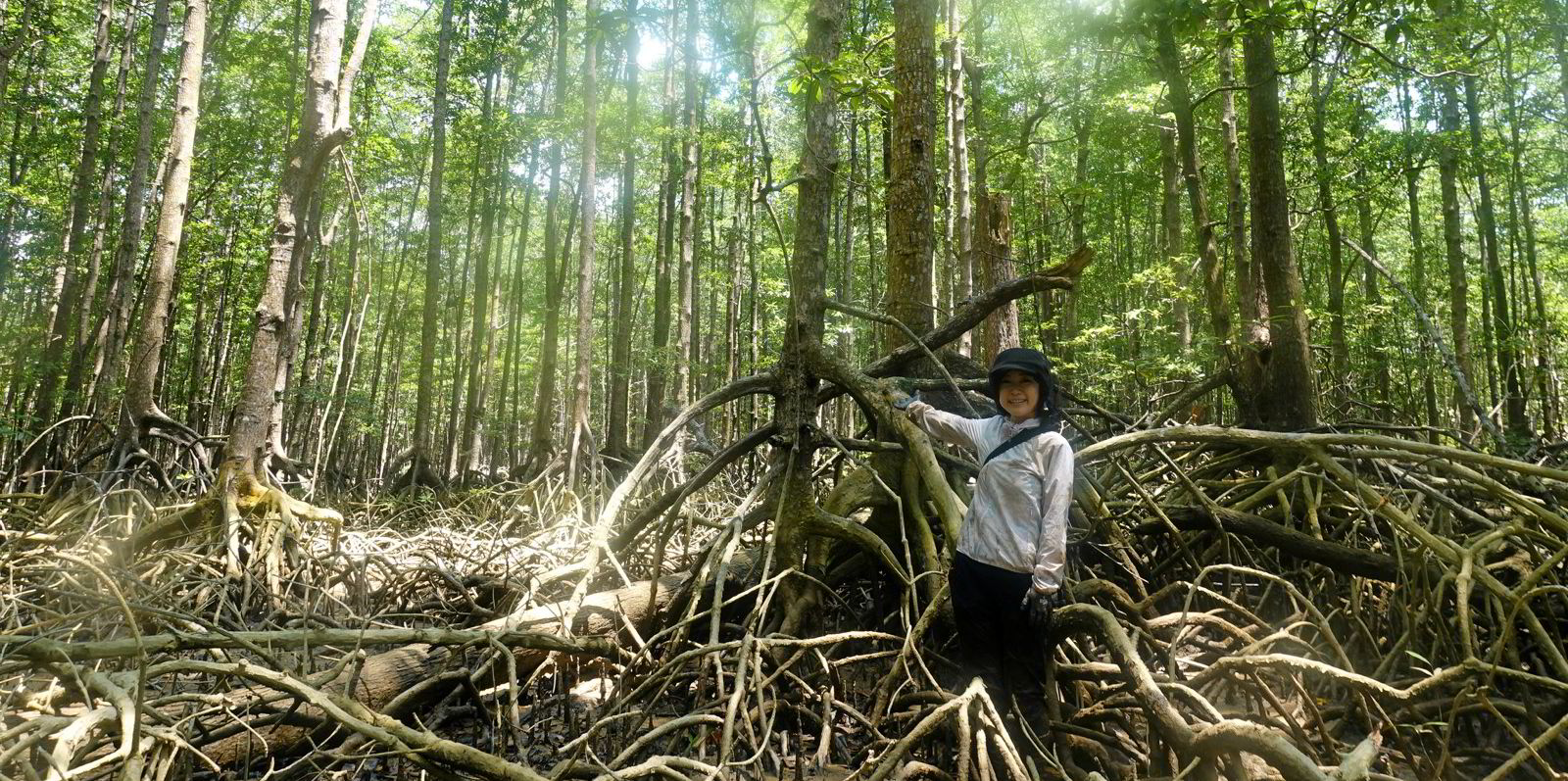
For its first blue carbon project, MOL has opted to team with YL Forest Co, a small Japanese company that initially started out importing wood from Indonesia but after seeing the environmental damage switched to restoration work.
The afforestation and mangrove conservation project, which is awaiting registration by global standards certifier Verra, has the potential to avoid and store 11 million tonnes of CO2 over a 30-year period.
Koda visited the afforestation site in South Sumatra province in March. The village base camp is a remote location with no main utilities, and she said the lack of an internet connection gave her a chance to detox.
But seeing the existing mangroves also convinced her of the need to protect these for future generations while also planting new ones.
In tandem, the project is also trying to introduce silvofishery — a new method of combining mangrove forests with shrimp farms.
Koda said by doing this “we can create a society where people and nature can coexist in harmony. We are trying to create a triple win for people, nature and climate.”
She hopes to start similar projects in different regions.
But MOL has also started dipping its toe into the technology-based CDR world.
The shipowner is a founding buyer in the NextGen CDR facility, which was launched in Davos, Switzerland, in May under the management of South Pole.
The coalition of buyers is focused on a range of technology-based CDR solutions, such as direct air capture and mineralisation.
Their target is to procure more than 1 million tonnes of verified CDRs by 2025, with MOL signing up to 50,000 tonnes of this and delivering these CDRs by 2030.
“What we are trying to do with this facility is to show a demand signal for emerging technologies or suppliers,” Koda said. “We commit to purchase those technology-based CDR credits so they can focus on developing them.”
But technology-based CDRs are significantly more expensive than their nature-based cousins.
By combining several solutions, the aim is to reduce the average cost. Koda said MOL is targeting a $200 per tonne of CO2 average price for its technology-based CDRs.
“According to the IPCC [Intergovernmental Panel on Climate Change] we need around five to 20 gigatons of carbon dioxide removal in 2050,” she said. “Nature-based solutions will only be able to supply half that volume the World Economic Forum’s analysis concludes so there is a need to scale up technology-based schemes in the next 30 years.”
“We are trying to be an earlier adapter or role model.”
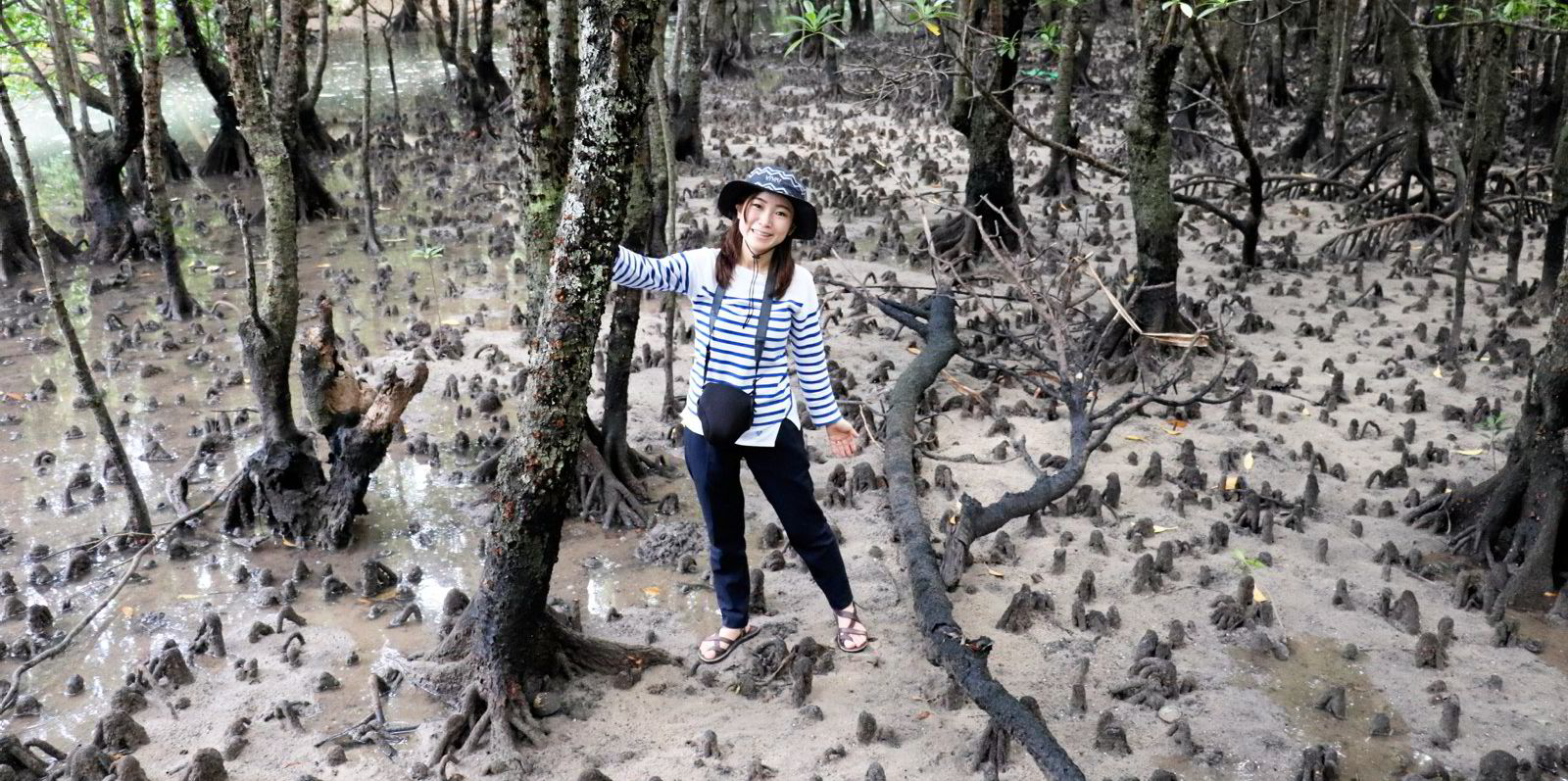
In June, MOL announced its first international carbon offsetting voyage that compensated the emissions of a car carrier voyage from Japan to Europe.
Carbon desk project manager Kazura Koda said carbon offsetting is one part of the work that the new venture will undertake.
But Koda is aware of the criticism around carbon credits. She said MOL is studying how best to use them by focusing on transparency and integrity by following the best practice of the carbon market guidance.
The young project manager said MOL has an ambition to increase the portfolio of its carbon desk.
She believes the new venture will need at least 10 people, some with more technological skills, to slash MOL’s 12 million tonnes of annual CO2 emissions.
“Before I thought about the blue carbon project, I was focused on finding my sweet spot where my corporate and societal circles met,” Koda said, explaining that she has met and been impressed by many people who are very passionate about climate action.
“The earth climate crisis is something we really have to work on and I thought I can combine this with something relating to the oceans where I have a real motivation," she said.
She enjoys her current position but said there are many uncertainties and difficulties.
"The most important thing is to reduce the CO2 but the technology is not there so we have to find another solution. CDR [carbon dioxide removal] is a very important factor."

